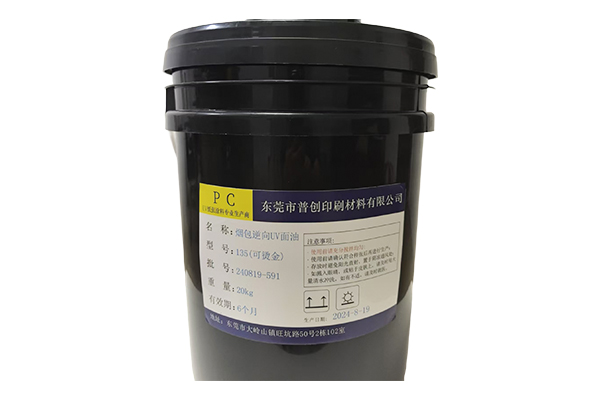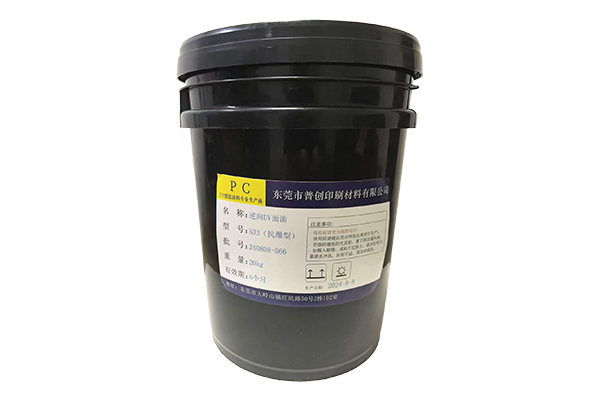How to control the coating amount of film reverse uv varnish during printing?
Release Time : 2025-03-26
Controlling the coating amount of film reverse uv varnish in the printing process is a key link, which is directly related to the quality and effect of the printed product.
In the printing process, the coating amount of film reverse uv varnish is crucial to the final effect of the printed product. Too little coating may cause the varnish to fail to evenly cover the printed surface, affecting the gloss and protective performance of the printed product; while too much coating may cause drying difficulties, increase costs, and even affect the overall quality of the printed product. Therefore, accurate control of the coating amount is the key to ensuring printing quality.
The determination of the coating amount is usually based on the material, design requirements and performance of the printed product. Before printing, the printed product needs to be fully tested to determine the optimal coating amount range. This usually involves comprehensive consideration of factors such as the absorbency and smoothness of the printed product and the viscosity and leveling of the varnish. Accurate coating amount control can be achieved by adjusting the coating device and parameters of the printing press.
In order to achieve accurate coating amount control, it is necessary to select a suitable coating device. Common coating devices include scraper type, roller coating type, spray type, etc. According to the characteristics and requirements of the printed matter, the most suitable coating device can be selected. At the same time, the coating device needs to be finely adjusted, including parameters such as the angle, pressure, speed of the scraper and the rotation speed of the roller coating, to ensure the uniformity and stability of the coating amount.
During the printing process, the coating amount needs to be monitored in real time. This is usually achieved through professional measuring instruments, such as gloss meters, roughness meters, etc. These instruments can measure the gloss, roughness and other indicators of the surface of the printed matter in real time, thereby indirectly reflecting the changes in the coating amount. Through real-time monitoring, problems with the coating amount can be discovered in time and adjusted to ensure the stable quality of the printed matter.
During the printing process, the coating amount is affected by many factors, such as printing speed, varnish viscosity, printing machine status, etc. In order to accurately control the coating amount, these factors need to be carefully analyzed and controlled. For example, an increase in printing speed may lead to a decrease in the coating amount, so the parameters of the coating device need to be adjusted according to the changes in printing speed. At the same time, the viscosity of the varnish will also affect the coating amount, and the viscosity of the varnish needs to be regularly tested and adjusted. In addition, the state of the printing press will also affect the stability of the coating amount, so the printing press needs to be maintained and serviced regularly.
In order to ensure the quality of printed products, strict quality control and inspection of the coating amount is required. This includes sufficient testing of varnish and printed products before printing, and real-time monitoring and adjustment of the coating amount during the printing process. At the same time, it is necessary to sample and inspect the printed products, and evaluate the uniformity and stability of the coating amount by measuring indicators such as gloss and roughness. For printed products that do not meet the quality requirements, timely adjustments and treatments are required.
Film reverse uv varnish Controlling the coating amount during printing is a complex and meticulous process. In order to achieve precise coating amount control, it is necessary to select a suitable coating device and make fine adjustments, and at the same time, the coating amount needs to be monitored and controlled in real time. In addition, in-depth analysis and control of factors affecting the coating amount are required. Through these measures, the quality and effect of printed products can be ensured to be optimal. In actual operation, it is recommended to flexibly adjust and optimize according to specific printing needs and conditions to achieve the best printing effect.






